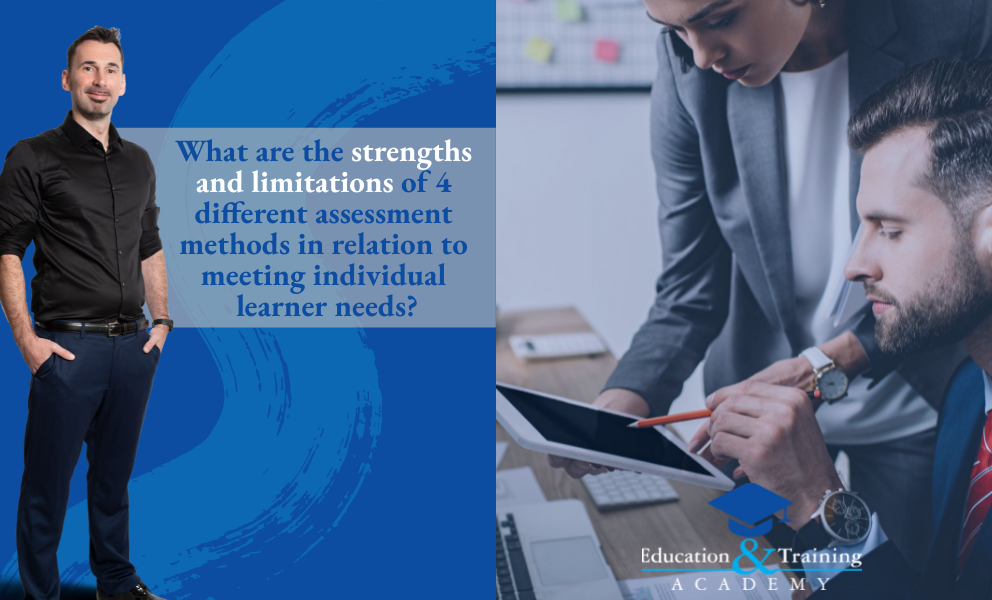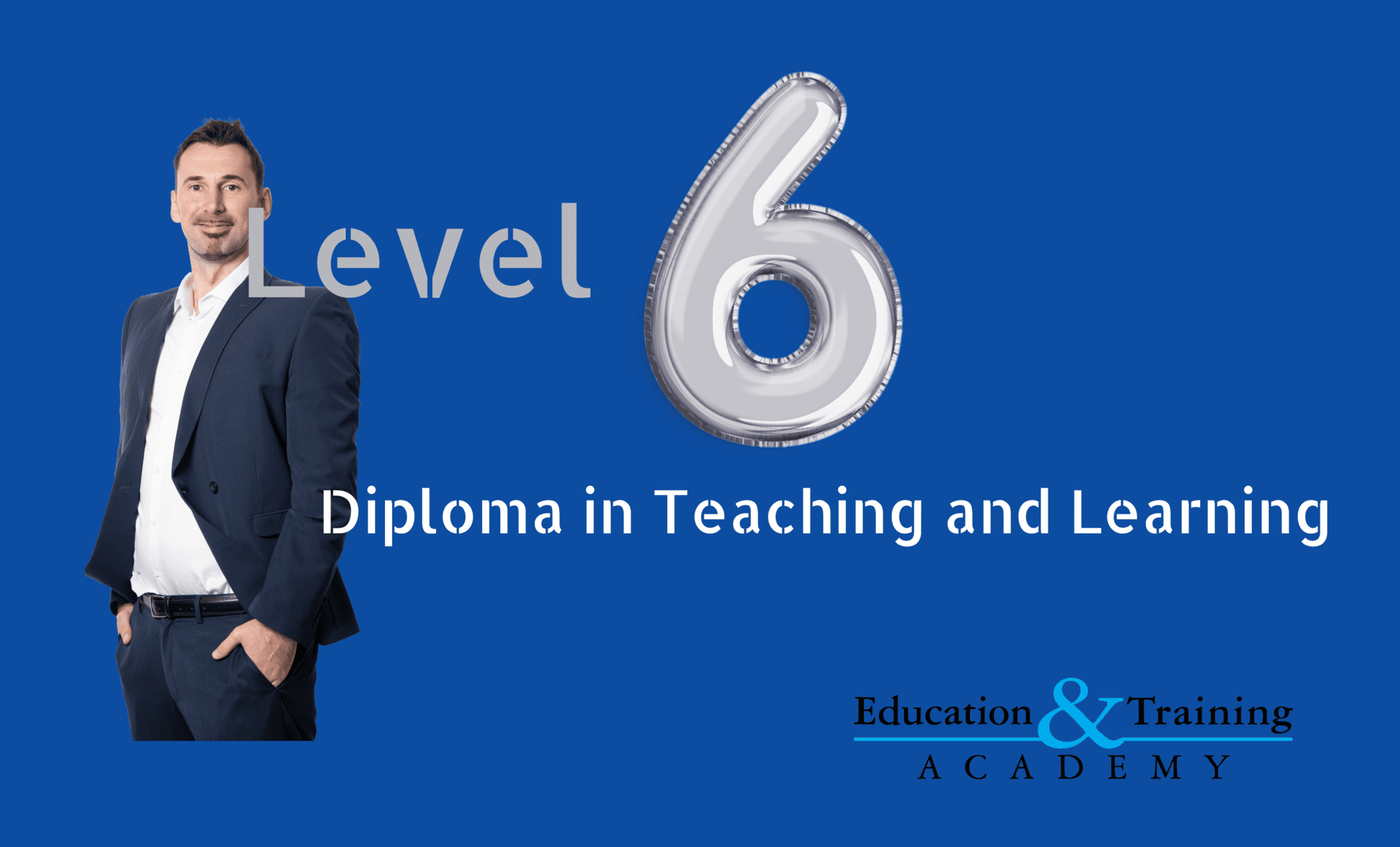
Strengths and limitations of teaching approaches used in the Level 3 Award in Education and Training (AET)
Today we are going to compare different teaching and learning approaches used in education which is particularly useful to learners completing the Level 3 Award in Education and Training and those that are training the workforce. The most common method of teaching and assessment which we see in a Microteach session, or any workshop is presentations. So, we are talking about PowerPoint in particular. PowerPoint is great, it can be a bit tedious, but it depends on the teacher. Death by PowerPoint is a common term, and it is due to the speaker, reader the slides and not engaging the audience. PowerPoint is great as it is a visual tool and can cater for different learning styles, but it depends on how it is put together and what features are in it.
Level 3 Award in Education and Training structuring PowerPoint
The key to a PowerPoint is to keep text to a minimum and use bullet points to emphasise key points and to use images and illustrations to show. To make the most of PowerPoint, it needs to be accompanied by a presenter who knows their materials and can talk about the subject but still involve learners by asking questions. I love PowerPoint as it keeps my focused on where I need to be as I will ramble on about other subjects, so it keeps us in check. The downside is it can be boring and less engaging but that’s down to the teaching style more than the resource. PowerPoint allows you to cater to different learning styles particularly when used in conjunction with handouts, activities, and discussions. Its more for a visual person if used on its own.
Level 3 Award in Education and Training practical activities
We use practical activities within the Level 3 Award in Education and Training and particular, the Microteach is the perfect example. This is where learners demonstrate their teaching ability by teaching a short 15-minute session to their peers demonstrating their competence. This is great in the workplace as well, particularly within recruitment practices as you can get your applicants to teach something to you to demonstrate their knowledge and competence within a subject. Practical activities are great as they allow individuals to put their knowledge into practice to demonstrate their understanding. It’s perfect for kinaesthetic learners who learn by doing, and we learn better by practice as so it’s a great learning aid to introduce. Growing up in sport, we all wanted to get out of the classroom and play the sports via practical activities, so it allows us learn without even acknowledging it because we were having fun. This motivates learners to come back or to try harder especially when you add competition.
Level 3 Award in Education and Training structuring Discussions
Discussions are always a part of any class within the Level 3 Award in Education and Training whether you are in a classroom, virtual learning environment or self-study and chatting through study groups. The idea here is that learners can share ideas and experiences which is great for inclusivity and diversity. Taking on other points of view and evaluating its usefulness in an environment assists higher levels of learning. The discussions for me, are the fun parts as I get challenged by my learners, but it does come with limitations too. Dominant individuals always thrive in discussions so you need to be careful that you don’t lose introverted, quiet or shy individuals so you will need to control your class. Summarise the key points raised in the discussion, but it does help with learner’s confidence if they have come up with their own conclusions and how they’ll apply it to their work or lives.


